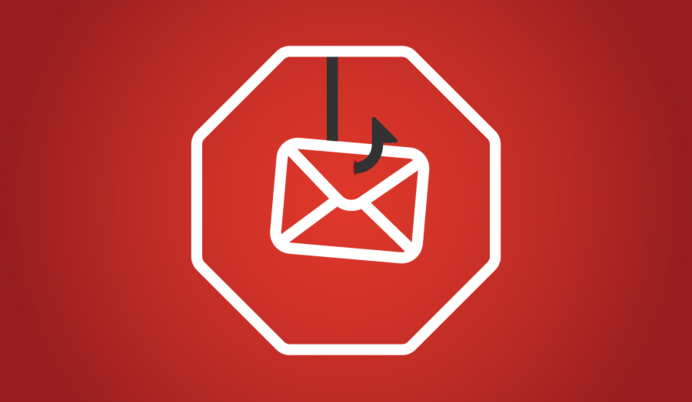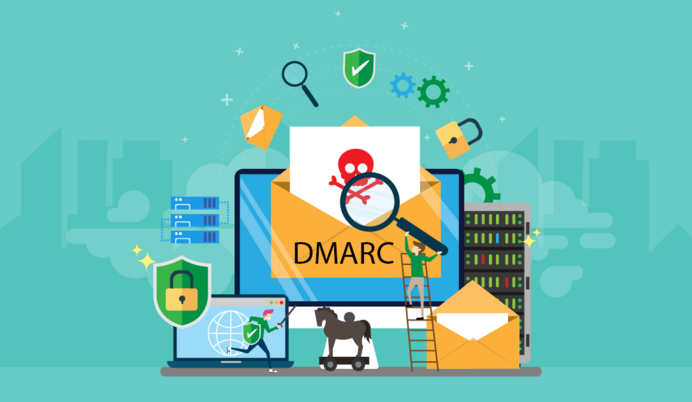Email marketing & spam - what do consumers think?
Email marketing is a channel that has stood the test of time and shows no sign of slowing down, achieving €30 to every €1 spent (DMA UK, 2018), and 95% of marketers agree that it continues to retain a significant place within marketing (DMA UK Marketers Email Tracker Report 2018). Therefore, it’s crucial to understand how marketers use email effectively and how this correlates to consumer’s expectations.
Email is also checked more than social networks, with 57% of people reading or writing email multiple times a day and only 53% regularly checking social media, there is a massive opportunity for brands to engage with their target audience.
However, there is a dark side to the inbox, and that is spam. Spam is a word that is often sadly associated with email marketing. The unsolicited email that lands in your inbox, from a sender you don't know and may have never signed up to. Now that may be what we as marketers’ think is spam, what do consumers identify as a spam email?
Mailkit have recently conducted their annual email marketing survey in the Czech Republic, asking this very question. Respondents identify spam as emails ‘they don’t need’ or ‘mass distribution of junk content’.
With 38% of respondents stating that they are always online multiple times per hour and 57% of people reading and writing emails numerous times a day, there is a captive audience to grab the attention of in the inbox.
However, abuse that captive audience by sending emails that aren't relevant or of interest, and you may land in one of the four email address that isn't used that 34% of respondents have created to manage against receiving spam. The interesting finding here is that 39% of people have one email address that they actively use. Therefore, getting into that one actively used inbox is a challenge for many brands and even once you’re lucky enough to gain access it doesn’t mean that a consumer will forever value your email marketing.
The weekly inbox fight to the top
48% of consumers are receiving between 16 to 50 marketing emails per week, and 23% are receiving 51 or more, meaning there is an increasingly competitive place to get your brand emails engaged with. And 90% of those emails received are classed by consumers as advertising emails.
But there is a dark side to the inbox ... spam!
37% of respondents receive 16 to 50 spam emails per week. To manage spam, consumers are no longer just leaving up to the inbox provider to filter their emails, 69% have taken the step to set up a rule in their email account to manage spam, and 46% of respondents use a free anti-spam service.
How do consumers identify an email as spam?
57% of recipients are replying on the spam folder to identify an email as spam, whilst 52% are reviewing an email by the sender name and if they don’t recognise it they class that email as spam.
Our top tips to ensure your emails aren’t identified as spam are:
- The key takeaway here for brands is to ensure that the sender name you're using is the same as your brand name, one that can be identified by the subscriber because 72% look at the sender name first when they receive a new email. Failure to use a name that consumers will recognise and 52% will categorise your email marketing as spam.
- The second area to focus on is to provide value from your email marketing, send content that will be of interest to your customers and engage with them regularly to reduce the risk of your email being marked as spam.
- Optimise your email marketing campaigns to display correctly on the devices your subscribers are using to open your emails. The smartphone is the number one devices used to connect to the internet, and more than 47% of email marketing is opened on a smartphone (Litmus, The 2017 Email Client Market Share report, Jan 2018). So, if you don’t already have responsive email templates, now is the time!
Author: Jenna Tiffany










